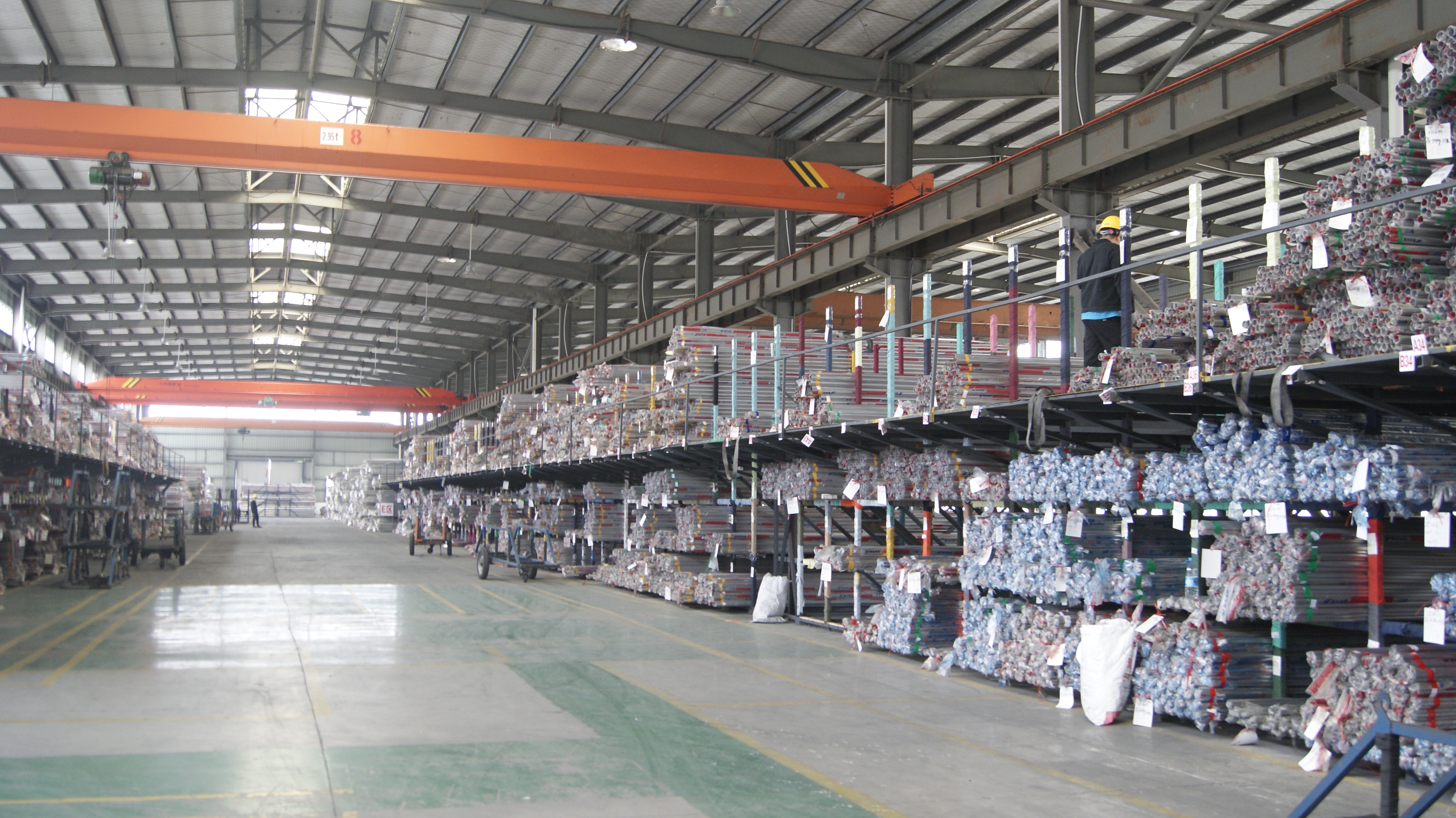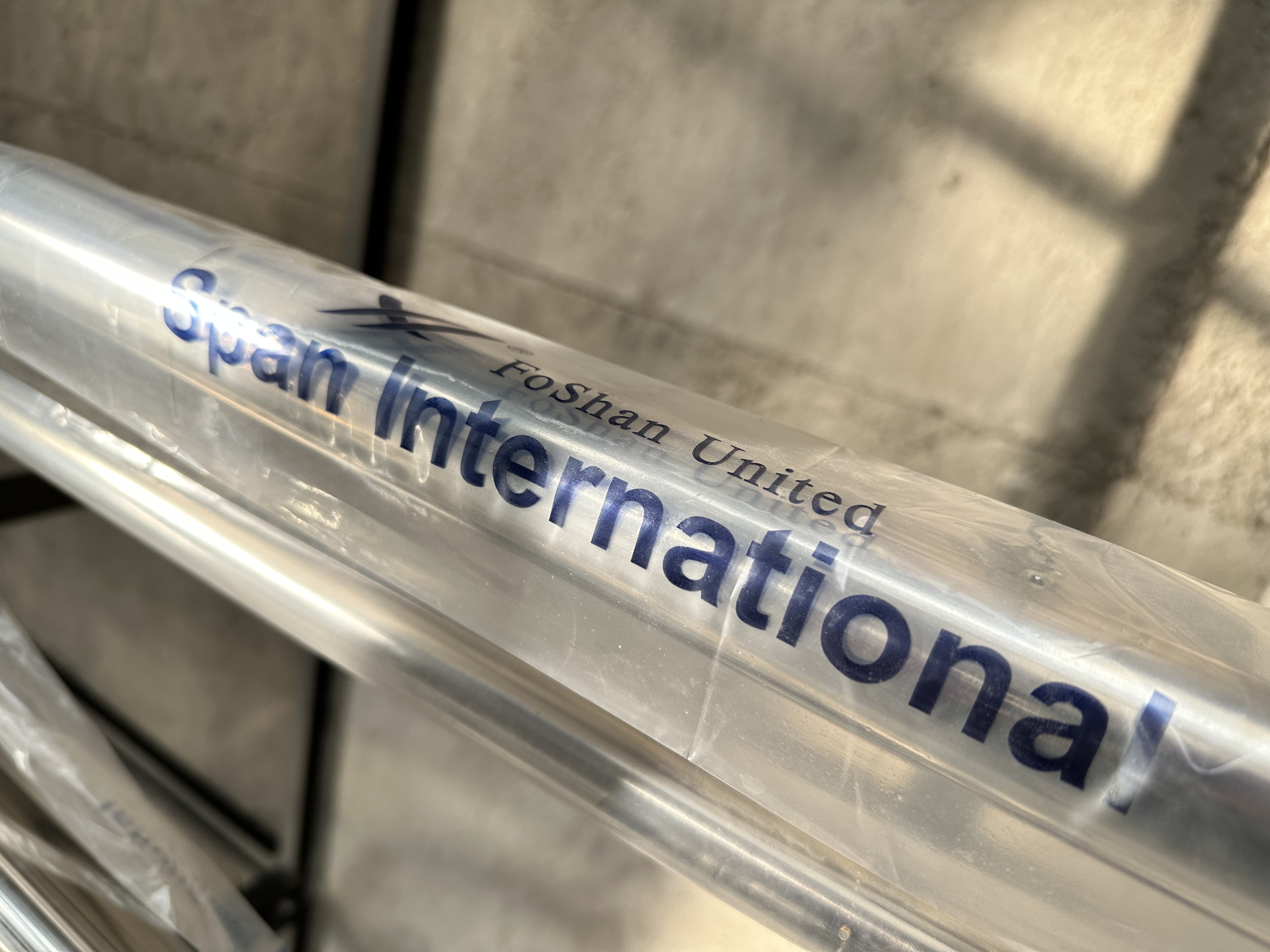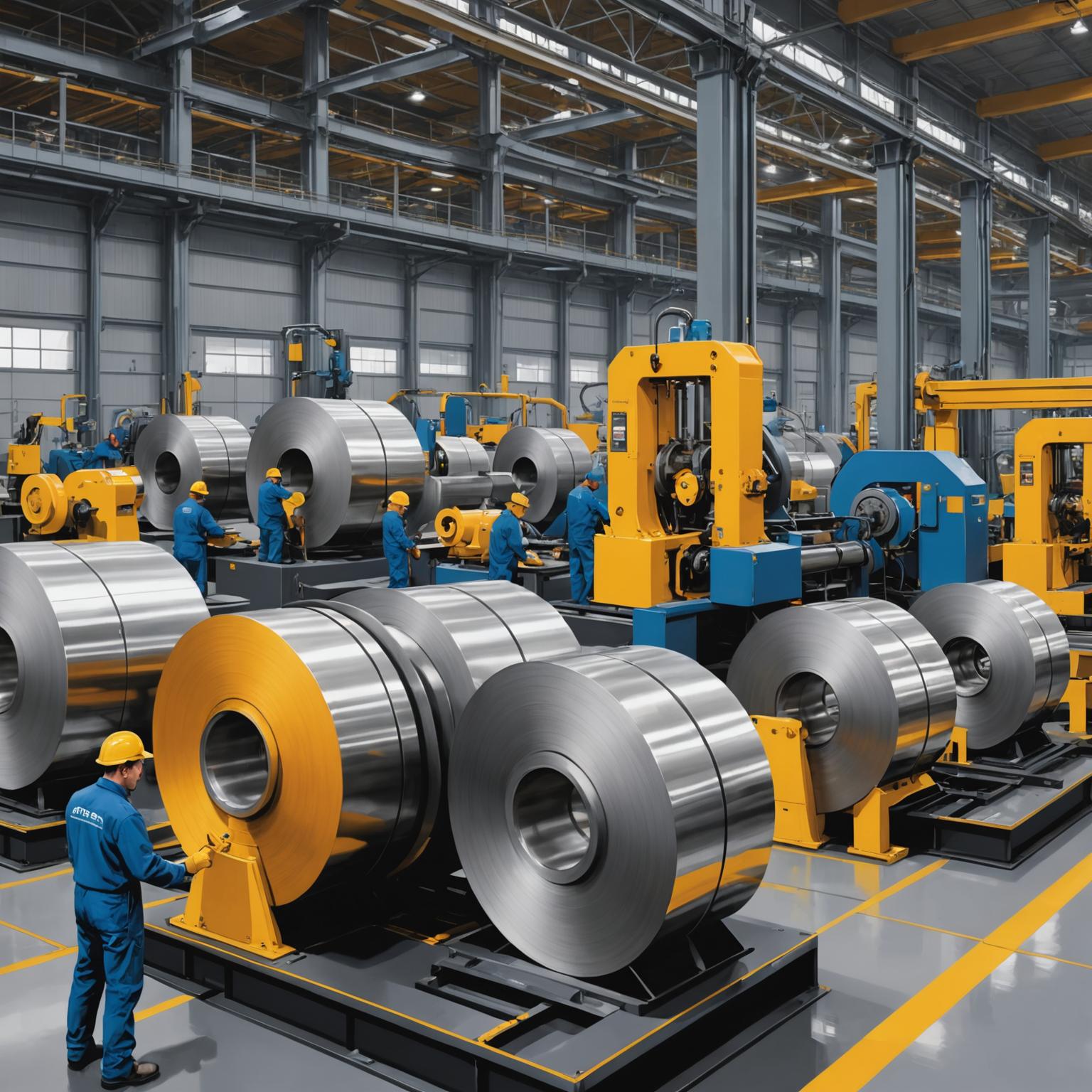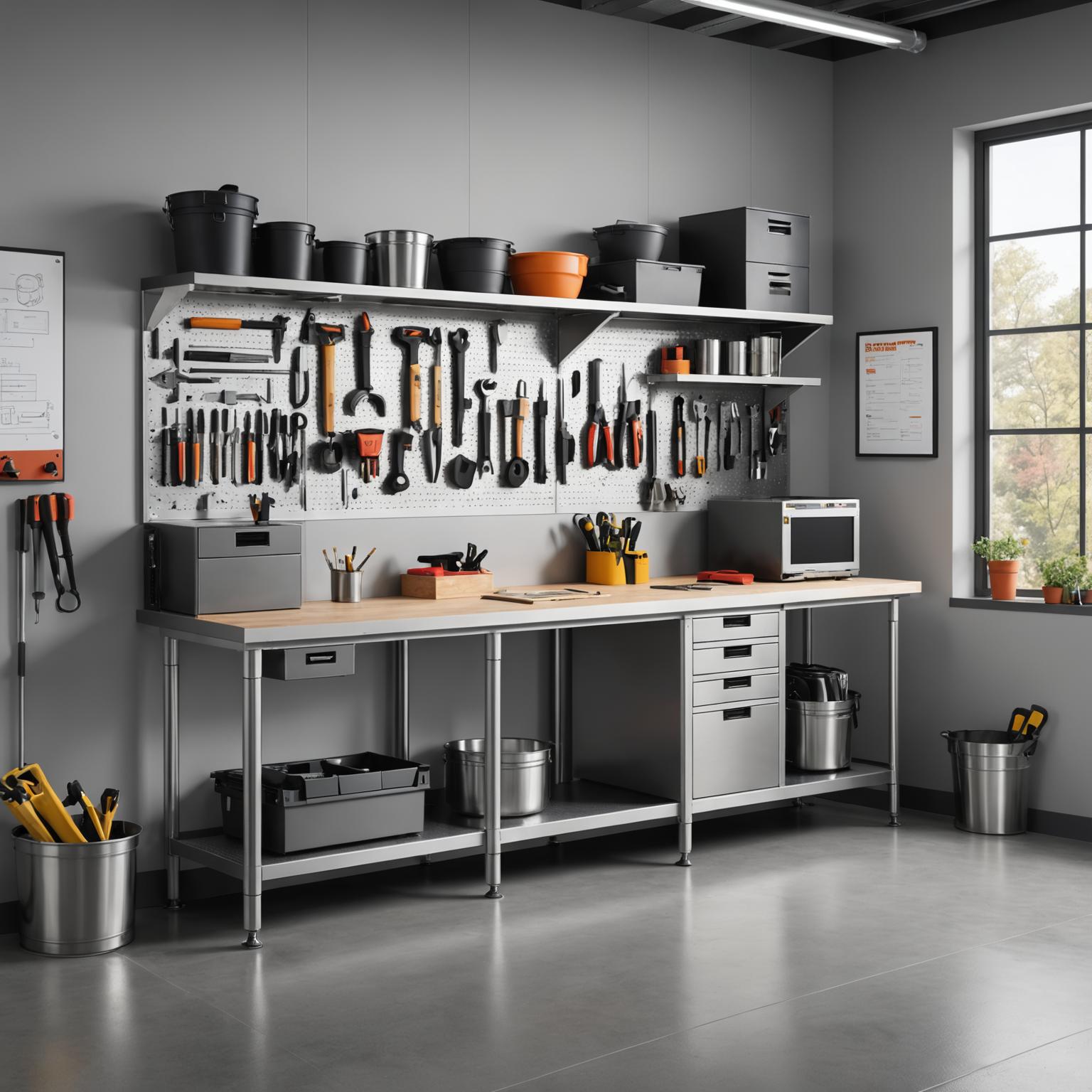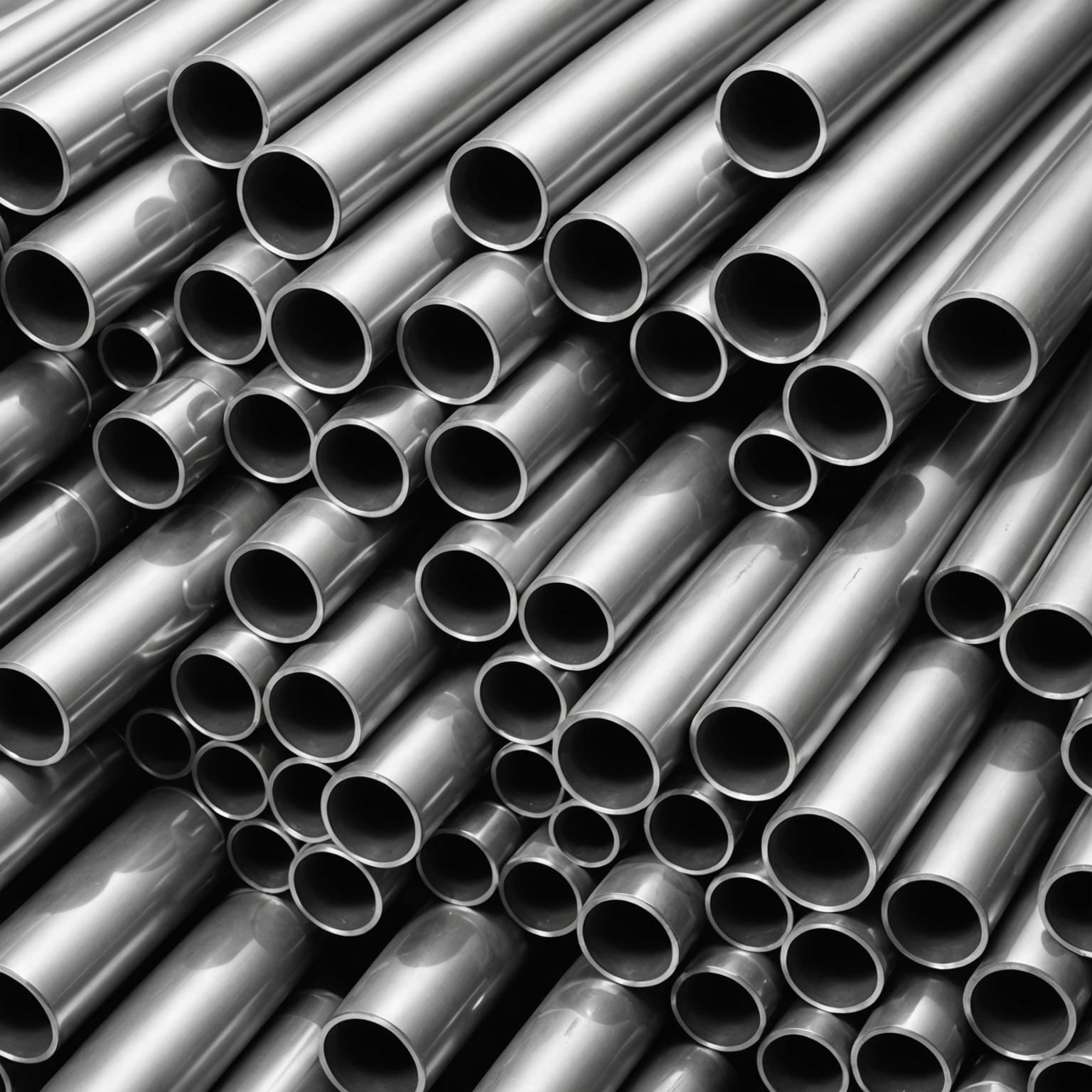1. Storage environment requirements
1. Keep dry and ventilated
-
Stainless steel pipes should be stored in indoor dry environment to avoid direct contact between rainwater and moisture.
-
The warehouse humidity is recommended to be controlled below 60%, and a dehumidifier or desiccant can be used if necessary.
-
If it is required to store it openly, it must be tightly covered with a rainproof cloth and raised to avoid moisture erosion on the ground.
2. Stay away from corrosive substances
-
Avoid storing corrosive chemicals such as acids, alkalis, and salts to prevent electrochemical reactions.
-
It is prohibited to contact metals of different materials such as carbon steel pipes and copper pipes to avoid galvanic corrosion.
3. Temperature control
-
Extremely high or low temperatures may affect the performance of stainless steel, and the storage temperature is recommended to be between -10℃~50℃.
-
Avoid direct sunlight, long-term exposure to the sun may cause oxidation and discoloration on the surface.
2. Stacking methods and protective measures
1. Reasonable lifting and isolation
-
Stainless steel pipes should be stored off the ground and isolated with wooden pallets or rubber pads to prevent moisture erosion on the ground.
-
When stacking multiple layers, each layer is separated by an anti-slip pad or wooden strip to avoid sliding friction of the pipe.
2. Avoid mechanical damage
-
The stacking height should not be too high (usually ≤1.5 meters) to prevent the underlying pipe from being compressed and deformed.
-
Stainless steel pipes of different specifications (diameter, wall thickness) should be stored in a classified manner to avoid collision damage caused by mixed storage.
3. Protect the pipe mouth and surface
-
The pipe opening can be sealed with plastic cover or tape to prevent dust and foreign objects from entering.
-
If there is a protective film (such as PE film) on the surface, it should be retained before installation to avoid scratches.
3. Regular inspection and maintenance
-
regular random inspections: Check the inventory pipes every month for rust spots, deformation or damaged packaging, and deal with problems in a timely manner.
-
First-in, first-out (FIFO): Use it in the order of entry into the warehouse to avoid aging caused by long-term backlogs.
-
Cleaning and Maintenance: If you find slight rust, you can use stainless steel special cleaner + soft cloth to wipe it. It is prohibited to use steel wiping balls and other hard objects to scratch.
IV. Measures for special circumstances
-
Storage in coastal areas: The air has high salt content, it is recommended to strengthen moisture-proof measures, and choose 316L and other salt spray-resistant stainless steel pipes.
-
Winter low temperature environment: Avoid severity and heat, and gently hold it during transportation to prevent brittle fracture.
Conclusion
Correct inventory management can greatly extend the service life of stainless steel pipes and reduce unnecessary losses. By controlling the environmental humidity, reasonable stacking and regular maintenance, the pipes can be ensured to maintain the best condition and meet engineering or production needs at any time.
If you need to learn more about stainless steel pipe selection or maintenance skills, please follow our blog or contact a professional consultant!



